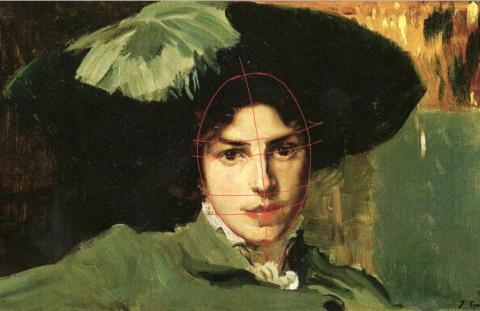Venue, Timing and Cost

Students who sign up for this course will be sent a project / task at a set time each week which will include all the supporting material to complete. Marcus will then provide feedback on work complete at a pre-arranged time via Zoom.
This short introduction course to portraiture will lead you through painting a portrait, breaking it down into various component parts. Structure, light and dark, and colour.
We will use a small selection of portraits by some wonderful artists to copy and learn these various techniques from. These are accessible for everyone online and provide an excellent opportunity to see how previous artists have approached this subject.
There will be some video demonstrations and accompanying photos of the work at different stages with written explanations.
Everyone will probably run into a different set of problems which we can then discuss individually or in groups on zoom while looking at the work, perhaps with quick demos for those interested. I would like to put a set time of the day aside for this in order to establish a bit of a routine.
We will begin with two portraits by the Spanish artist Joaquin Sorolla. One self-portrait and another of his daughter, Maria. The idea is not to produce a perfect copy of these but to use them as a way in to the subject matter and above all to have some fun.
For those at home who do not have a separate studio space and do not wish to have the smell of solvents I can recommend water-based oil paints. The linseed oil has been heated under high pressure so it becomes water soluble. For those used to painting in traditional oil paints they will recognise a slight difference but they really are very good and avoid the solvents issue.
We will begin with a limited palette in terms of colour: Titanium white, Yellow ochre, Naples yellow, Cadmium red or Vermillion, Burnt umber, Cobalt blue, Ivory black.
The idea of a limited palette is to emphasise value over colour at the beginning. Keeping our palette options simpler and narrower allows you to focus more on form and structure to begin with.
Some of you may have different colours already and that will be fine given the circumstances. The rest of the materials needed, as required for the still life painting course, will be sent by the Art School.
